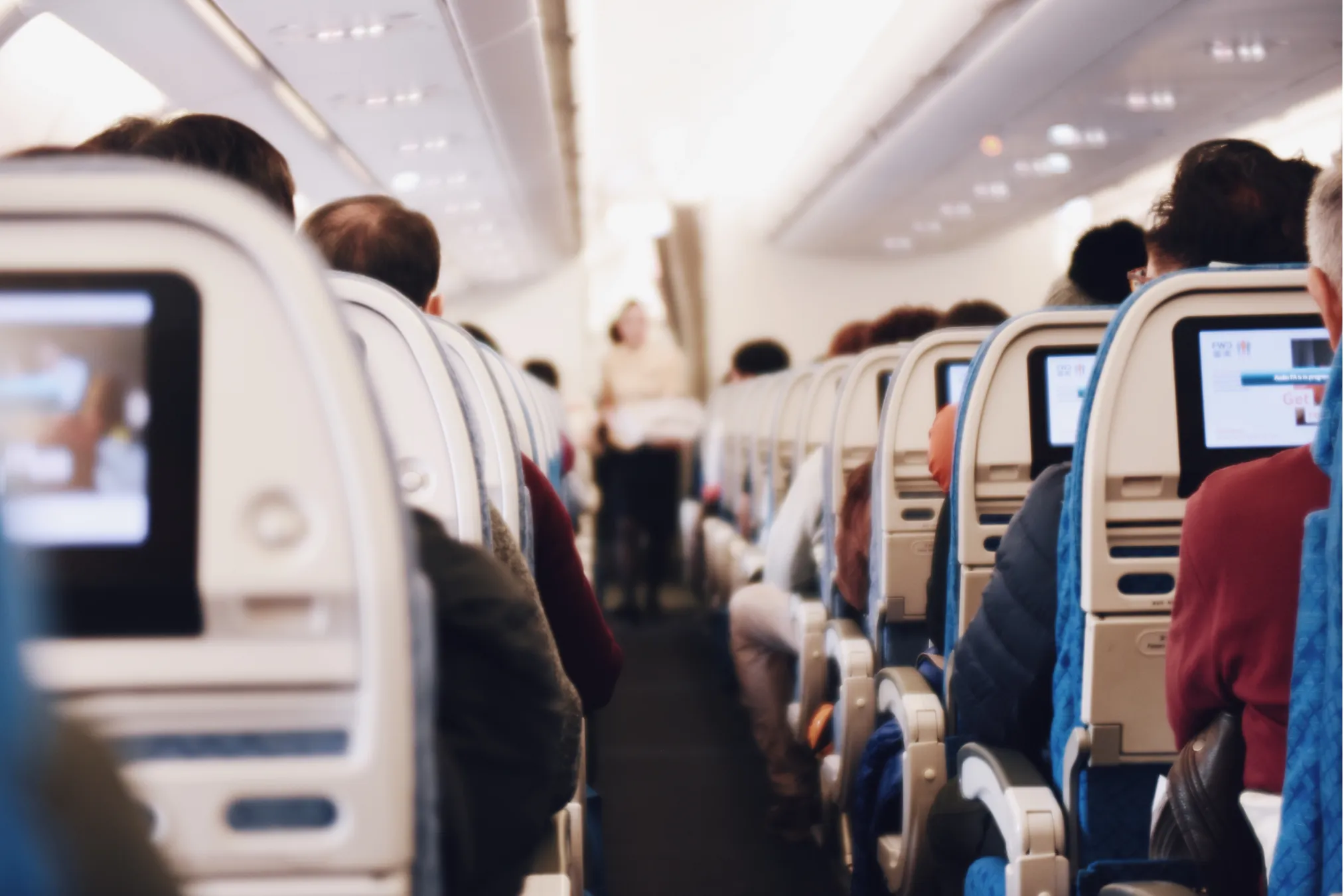
Varicose veins can be both unsightly and uncomfortable, but you don’t have to suffer with them. With the latest advancements in varicose vein treatments, there are now a variety of options to get rid of your varicose veins or reduce their appearance. Learn more about the available varicose vein treatments and their associated risks here.
Endovenous Ablation
Endovenous ablation is a varicose vein treatment that involves using heat-based energy (usually either radio frequency or laser) to close off varicose veins from the inside using a catheter. This is done under local anesthesia and has a high success rate – typically over 90% effectiveness in diminishing the appearance of varicose veins. The procedure itself only takes around 45 minutes, with little downtime afterward.
Sclerotherapy
Another option for treating varicose veins is sclerotherapy. During this procedure, a doctor will inject small amounts of a solution directly into the vein in order to shrink it. This technique has been around since the 1930s and is typically used to close off larger veins that are visible on the surface of the skin. It involves only minimal discomfort and requires no anesthesia, so it’s an ideal choice for those looking for a non-invasive treatment.
Varithena
Varithena is a pharmaceutical foam injection that is used to treat varicose veins. This breakthrough medical technology is highly effective, lowering edema caused by varicose veins in as little as one session. It also helps reduce the appearance of varicose veins with minimal side effects, making it an attractive treatment option for those looking to treat their conditions without the risks and costs associated with surgery.
Venaseal
The Venaseal system is a new minimally invasive treatment for varicose veins that offers patients an alternative to traditional surgery. The Venaseal procedure uses a medical adhesive to seal the affected veins, allowing blood to flow more freely and effectively through the body. This results in a significant reduction in the appearance of varicose veins and can provide relief from the associated symptoms such as pain, swelling, and cramping. The procedure is quick and relatively painless, and there is no need for anesthesia or stitches. Recovery time is also shorter than with traditional surgery, and patients can typically return to their normal activities within a few days. The Venaseal system is safe and effective, and it provides an excellent option for patients who are looking for an alternative to traditional vein treatments.
Laser Surgery
Laser surgery is another popular option for treating varicose veins. The procedure uses concentrated light energy to reduce vein size and improve circulation. It is non-invasive and typically requires only a single session of 15 minutes or less, making it a much more time-efficient choice than sclerotherapy. Plus, laser surgery carries almost no risk of scarring or discoloration.
Ambulatory Phlebectomy
Ambulatory Phlebectomy is another minimally-invasive procedure in which small incisions are made in the skin and varicose veins are removed through these tiny openings. It can be used to treat larger individual veins or multiple smaller veins, and requires minimal downtime after surgery. The procedure is generally very successful with over 95% of patients reporting positive outcomes.
Compression Therapy
Compression therapy is a non-surgical method of treating varicose veins that involves wearing special compression socks or sleeves. These apply pressure to the leg and decrease the swelling and discomfort associated with the veins. Compression therapy can be used for both prevention and treatment of varicose veins, however, it usually isn’t enough to get rid of them entirely.
Frequently Asked Questions

IAC Accredited Vascular Testing
We are proud to be distinguished as an IAC Accredited Vascular Testing Facility. The Vein Institute adheres to the strictest national guidelines for vascular testing, demonstrating a commitment to the highest quality patient care.
Air travel involves more than just dealing with flight delays, lost luggage, or the risk of contracting diseases. Long-haul flights can also increase the risk of developing blood clots. The estimated incidence of blood clots among airline passengers is approximately 1 case per 4,650 flights longer than 8 hours. Blood clots, or thrombosis, are blood […]




